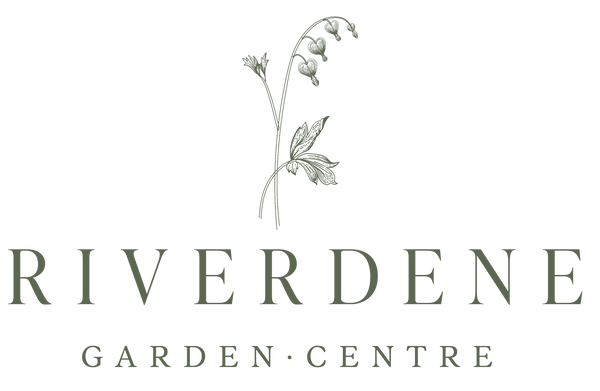
Rain Water vs Tap Water
If you water your plants diligently, you've likely noticed that a bit of rain water seems to make a bigger difference with your plants, no matter how good of care you take of them.
When it comes to keeping your plants healthy and thriving, not all water is created equal. While tap water is convenient, it often contains additives like chlorine, fluoride, and dissolved salts that can gradually build up in soil—especially in containers and raised beds—and stress your plants over time.
Rainwater, on the other hand, is what your garden was made for. Collected naturally from the atmosphere, it’s soft, slightly acidic, and free of the chemical treatments that come with municipal water. That mild acidity actually helps plants absorb nutrients like nitrogen, phosphorus, and potassium more effectively—leading to stronger growth, healthier roots, and more vibrant blooms.
In addition, rainwater contains small amounts of dissolved nitrogen—an essential nutrient for lush, leafy growth. And because it hasn’t passed through pipes or sat in storage, it's free of hard minerals and salts that can lead to crusty soil or leaf tip burn, particularly in sensitive plants.
For our local gardeners in Saskatchewan, where our soil can be alkaline and our water supply often hard, collecting rainwater is a simple step that can noticeably improve plant health. Use it on houseplants, seedlings, annuals, perennials, and especially your vegetable garden—your plants will thank you.
Pro Tip: Place a rain barrel under your eaves or downspouts, or simply set out a few buckets during a summer storm. It’s an easy way to conserve water, lower your utility bills, and give your plants what they truly crave.
